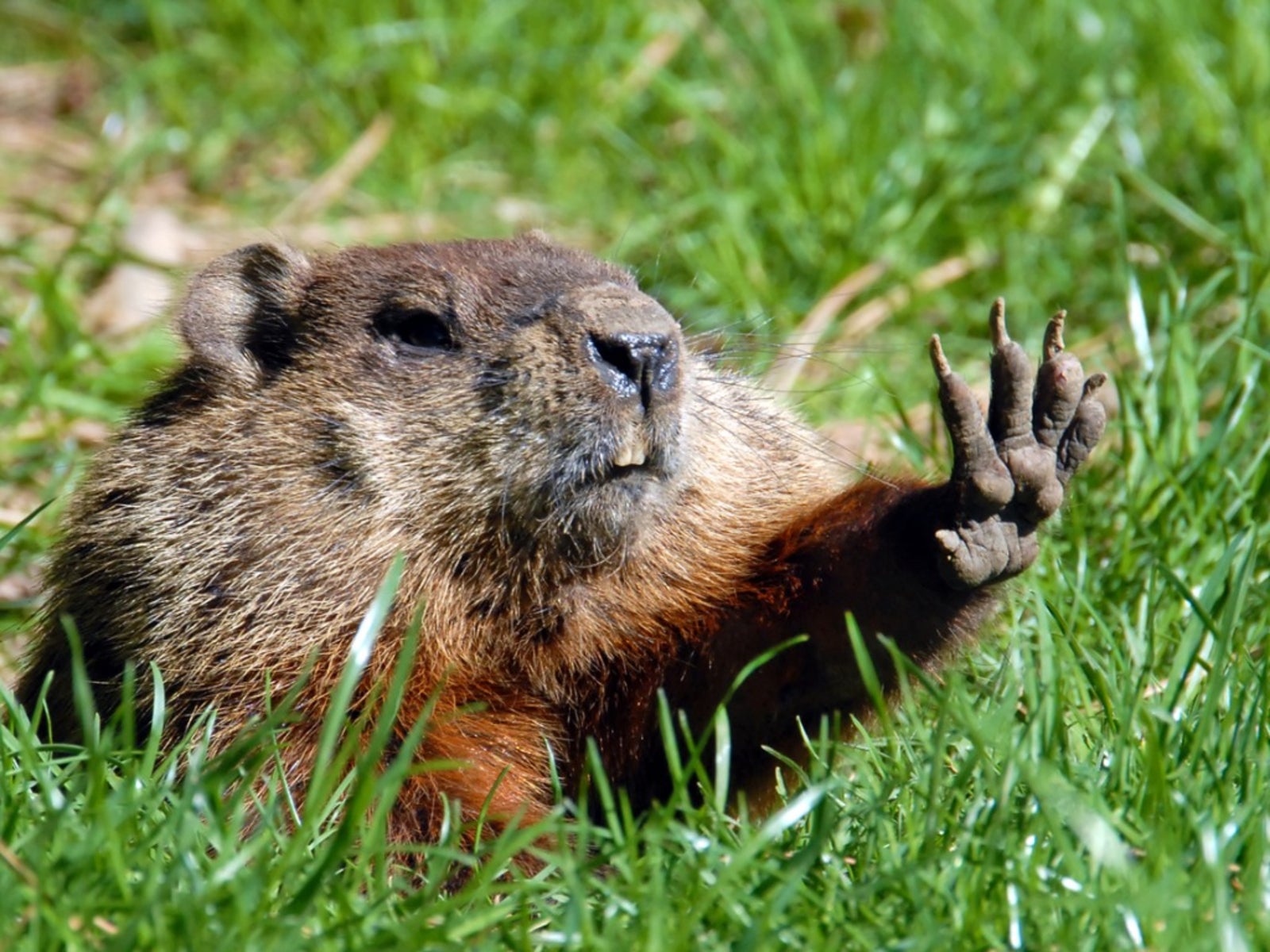Getting Rid Of Groundhogs - Groundhog Deterrents And Repellents


Commonly found near wooded areas, open fields, and along roadsides, groundhogs are known for their extensive burrowing. These animals, which are also called woodchucks or whistle pigs, may be cute and cuddly looking but when they wander into our gardens, both their burrowing and feeding activities can quickly wreak havoc on plants and crops. It is for this reason that suitable control measures are often necessary. Let's look at how to get rid of groundhogs.
Groundhog Deterrent and Control
Groundhogs are most active during the early morning and late afternoon hours. While they feed on a variety of broad-leafed vegetation, in the garden they prefer legumes such as clover, alfalfa, peas, beans, and soybeans. When it comes to deterrents or groundhog repellent, there are none that are specifically known. However, scarecrows and similar objects can occasionally provide temporary relief. The most effective types of control include the use of fences, traps, and fumigation.
Getting Rid of Groundhogs with Fencing
The use of fencing around gardens and other small areas can sometimes help reduce groundhog damage and act as a groundhog deterrent. However, they are excellent climbers, easily crawling over top of fences with ease. Therefore, any fencing that's erected should be made from 2 by 4 inch (5 x 10 cm.) mesh wire and at least 3 to 4 feet (1 m.) high with another foot (30.5 cm.) or so buried in the ground. The underground portion should face away from the garden at a 90-degree angle to help discourage burrowing. In addition, the fence should be topped with a strand of electric wire to deter climbing. Alternatively, electric fencing may be used entirely if no pets or children frequent the area.
How to Get Rid of Groundhogs by Trapping & Fumigation
Trapping groundhogs is often considered one of the best methods to use when getting rid of groundhogs. Wire mesh traps can be set near the entrance of burrows, within 5 to 10 feet (1.5-3 m.), and baited with anything from apple slices to carrots. They are normally concealed with items such as grass as well. When trapping groundhogs, check them regularly in the morning and evening hours, and either move the animals elsewhere or dispose of them humanely. The use of poisonous gas (fumigation) is also commonly utilized for groundhog control. Directions for their use are on the label and should be carefully followed. Fumigation is best performed on cool, rainy days.
Sign up for the Gardening Know How newsletter today and receive a free copy of our e-book "How to Grow Delicious Tomatoes".

Nikki Tilley has been gardening for nearly three decades. The former Senior Editor and Archivist of Gardening Know How, Nikki has also authored six gardening books.